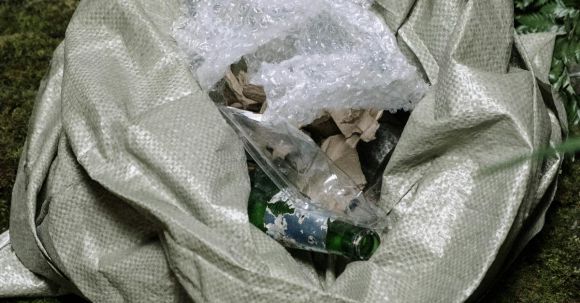How to Handle Trash in Bear Habitats?
Bears are magnificent creatures that play a vital role in maintaining the balance of ecosystems. However, human activities have encroached upon their habitats, leading to increased encounters between bears and humans. One of the main concerns in bear habitats is the handling of trash. Improper management of waste can attract bears, leading to potential conflicts and harm to both humans and bears. In this article, we will explore effective strategies to handle trash in bear habitats.
Understanding the Problem
Before delving into solutions, it is crucial to understand why trash poses a problem in bear habitats. Bears have an exceptional sense of smell, which can detect food from miles away. Human garbage often contains food waste, which acts as a powerful attractant for bears. When bears become habituated to human food, they lose their natural foraging instincts and can become dependent on garbage as an easy food source. This behavior can lead to aggressive encounters and increased risks to both bears and humans.
Secure Trash Containers
One of the most effective ways to handle trash in bear habitats is by using secure containers. Traditional trash cans are often insufficient, as bears can easily break into them. Instead, opt for bear-resistant containers that are specifically designed to withstand bear interactions. These containers are made of sturdy materials and have locking mechanisms that prevent bears from accessing the contents. By using bear-resistant containers, you minimize the chances of bears being attracted to your trash.
Proper Storage
In addition to using secure containers, proper storage of trash is essential. Keep trash containers indoors or in a secure location such as a bear-proof shed or garage. Avoid leaving trash outside overnight, as this increases the likelihood of attracting bears. If you live in an area prone to bear encounters, it is advisable to only put out trash on the day of collection to minimize the time it is exposed.
Clean Trash Receptacles
Even with secure containers, it is important to keep them clean. Food residue or odors on the exterior of the containers can still attract bears. Regularly wash and sanitize trash containers to remove any lingering smells. This simple step can go a long way in deterring bears from approaching your property.
Education and Awareness
An essential aspect of handling trash in bear habitats is educating the community about the importance of proper waste management. Organize community workshops or outreach programs to raise awareness about the potential risks associated with improper trash handling. Encourage residents to secure their trash and provide information about the availability of bear-resistant containers. By working together, we can reduce the number of bear-human conflicts and ensure the safety of both species.
Collaboration with Local Authorities
Local authorities play a crucial role in managing waste in bear habitats. They can implement regulations and guidelines to enforce proper trash handling practices. Collaborate with local authorities to develop effective waste management strategies that take into consideration the unique needs of bear habitats. This may include increasing the availability of bear-resistant containers, providing educational materials, and enforcing fines for those who do not comply with regulations.
Conclusion
Proper trash management is crucial in bear habitats to minimize conflicts between bears and humans. By using secure containers, storing trash properly, cleaning receptacles, raising awareness, and collaborating with local authorities, we can create a safer environment for both bears and humans. It is our responsibility to protect and preserve these magnificent creatures and ensure their habitats remain intact. Together, we can make a difference.






